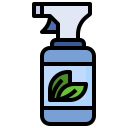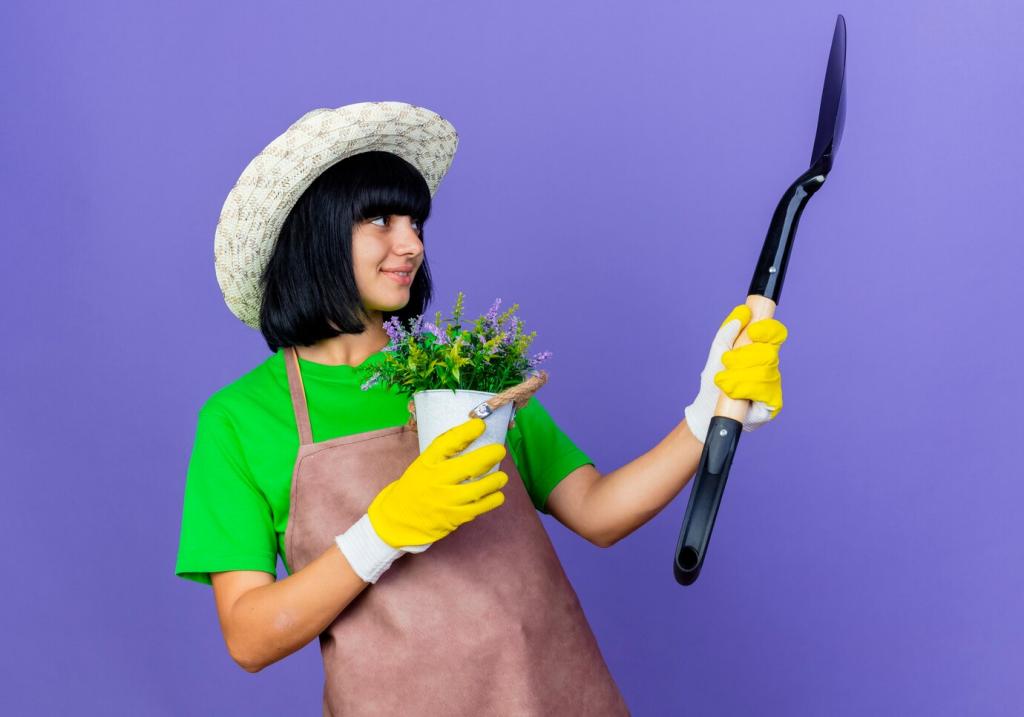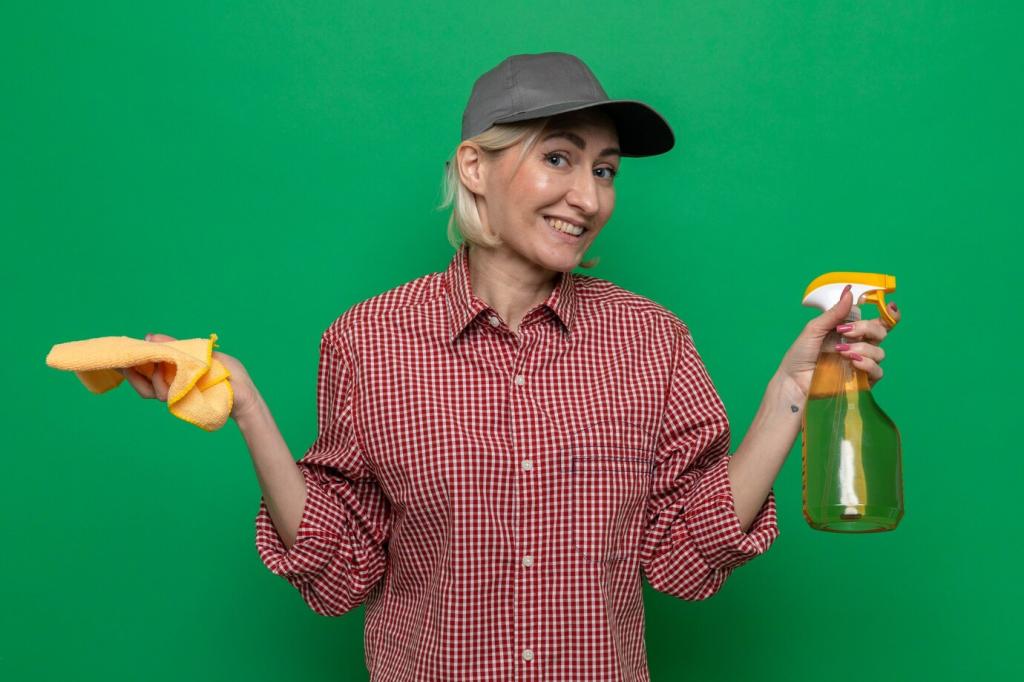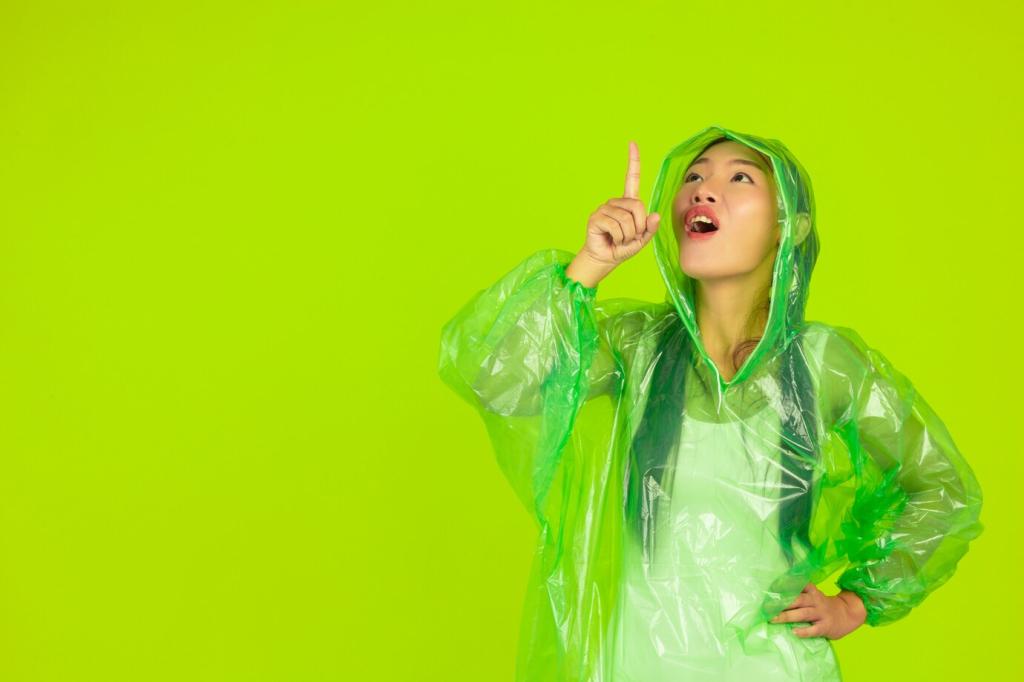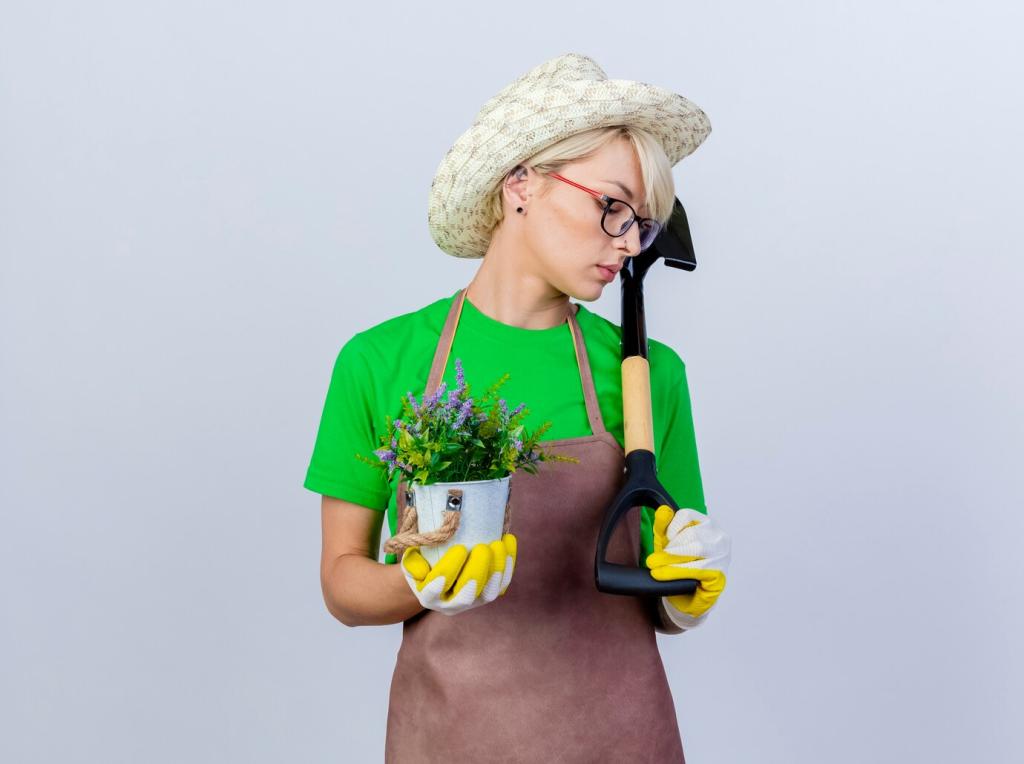Mix‑At‑Home, Planet‑Friendly Dusting Mists
Combine 1 cup distilled water, 1 teaspoon white vinegar, and 1 drop mild, plant‑based soap. Mist the cloth—never the furniture—to avoid oversaturation. This gentle blend helps lift dust and fingerprints on sealed wood and laminate while keeping surfaces residue‑free, breathable, and beautifully low‑gloss.
Mix‑At‑Home, Planet‑Friendly Dusting Mists
Finishes vary wildly. Always test your mixture on a hidden underside area, observing for haze, swelling, or streaks after it dries. If any reaction appears, switch to plain distilled water on a dampened cloth. Write to us about your results so others with similar finishes can learn from your experience.
Mix‑At‑Home, Planet‑Friendly Dusting Mists
Skip essential oils and perfumes if anyone in your home is scent‑sensitive. Distilled water with a tiny touch of plant‑based soap works surprisingly well. Readers with asthma or allergies: share which minimalist formulas kept your air calm. Subscribing helps you catch future updates on low‑irritant approaches.
